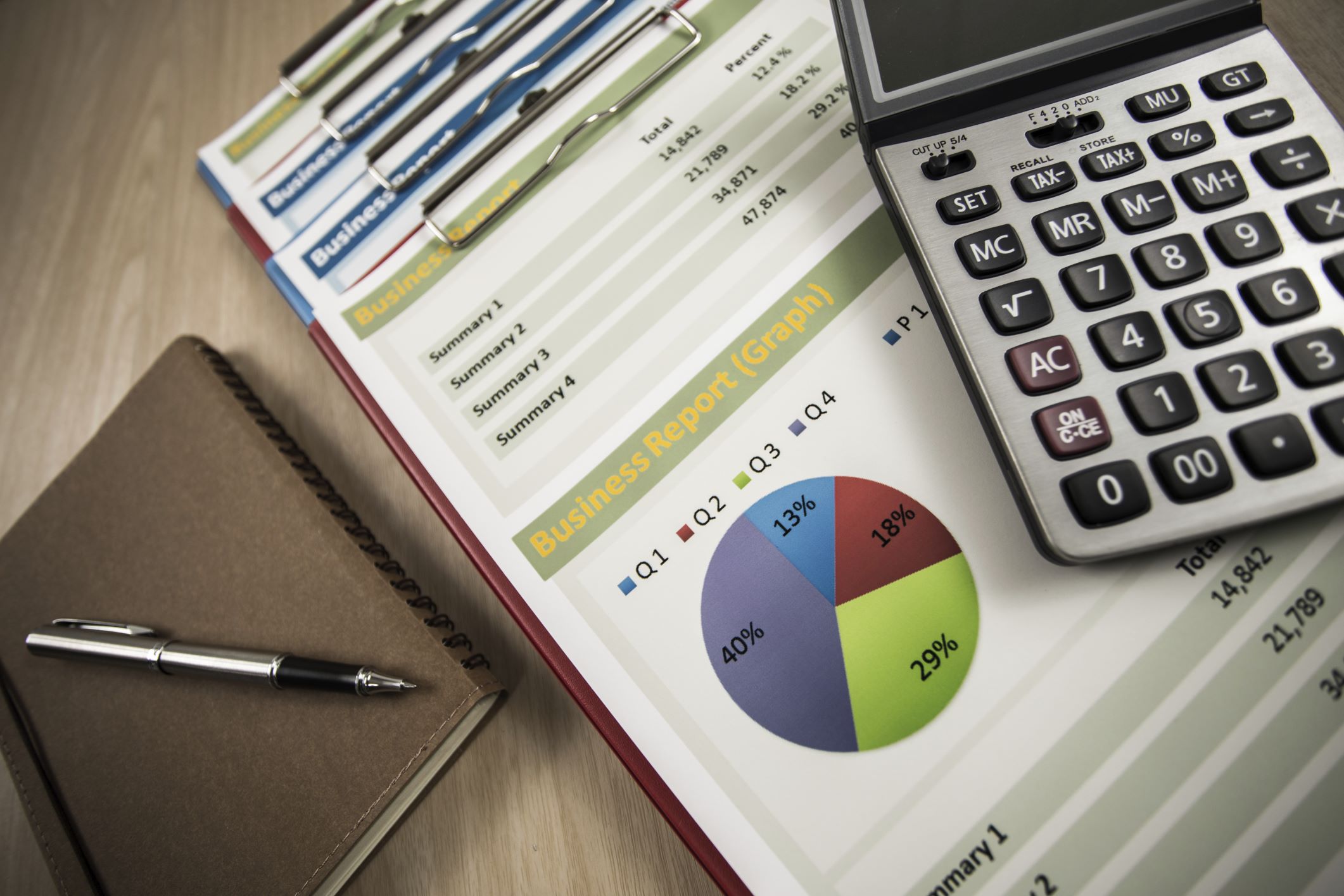

Finance
Activity Cost Driver: Definition And Examples
Published: September 30, 2023
Learn how activity cost drivers affect financial performance and discover real-life examples in finance. Understand the importance of identifying and managing these drivers for successful financial management.
(Many of the links in this article redirect to a specific reviewed product. Your purchase of these products through affiliate links helps to generate commission for LiveWell, at no extra cost. Learn more)
Activity Cost Driver: Definition and Examples
Finance management is crucial for any organization’s success. Understanding the various cost drivers within a business is key to making informed financial decisions. In this blog post, we will explore the concept of activity cost drivers, provide examples, and discuss how they impact a company’s bottom line.
Key Takeaways:
- An activity cost driver is a factor that influences the cost of a particular activity within a business.
- Identifying and analyzing activity cost drivers helps companies allocate resources effectively and manage costs efficiently.
What is an Activity Cost Driver?
An activity cost driver is a factor that directly or indirectly affects the cost of a specific activity within a business. It helps determine and allocate the resources required for that activity. By identifying and analyzing activity cost drivers, companies can better understand cost patterns and make informed decisions to optimize their operations.
Examples of Activity Cost Drivers
Activity cost drivers can vary across different industries and businesses. Let’s explore a few common examples:
- Machine Hours: In manufacturing, the number of hours a machine operates is a significant cost driver. The expenses associated with machine maintenance, electricity, and depreciation are allocated based on the hours of machine usage. Analyzing machine hours can help companies identify the most cost-effective production schedules and avoid unnecessary downtime.
- Number of Customer Service Calls: For businesses that provide customer support, the number of service calls can be a crucial cost driver. The costs associated with handling customer inquiries, training customer service representatives, and maintaining call centers can be influenced by the volume of service calls received. Monitoring this cost driver helps companies optimize their customer service processes and staffing levels.
- Delivery Distance: In logistics and transportation, the distance traveled to deliver goods is a significant cost driver. Fuel expenses, vehicle maintenance, and driver wages are heavily influenced by the mileage covered. Companies can analyze this cost driver to optimize delivery routes, reduce fuel consumption, and improve overall efficiency.
- Number of Transactions: For businesses operating in the financial sector or e-commerce, the number of transactions processed is a critical cost driver. Costs associated with payment processing, fraud prevention, and customer support can vary based on transaction volume. Understanding this cost driver helps companies manage their payment infrastructure and make decisions to minimize transaction-related expenses.
These examples illustrate how activity cost drivers can vary based on the nature of the business. By identifying and tracking relevant cost drivers, organizations can gain valuable insights into their cost structure and optimize their processes accordingly, leading to improved financial performance.
Final Thoughts
Activity cost drivers play a vital role in determining the costs associated with specific activities within a business. Identifying and understanding these drivers can help organizations make informed financial decisions, allocate resources effectively, and optimize their operations. By analyzing and monitoring activity cost drivers, companies can gain a competitive advantage and improve their overall profitability.














